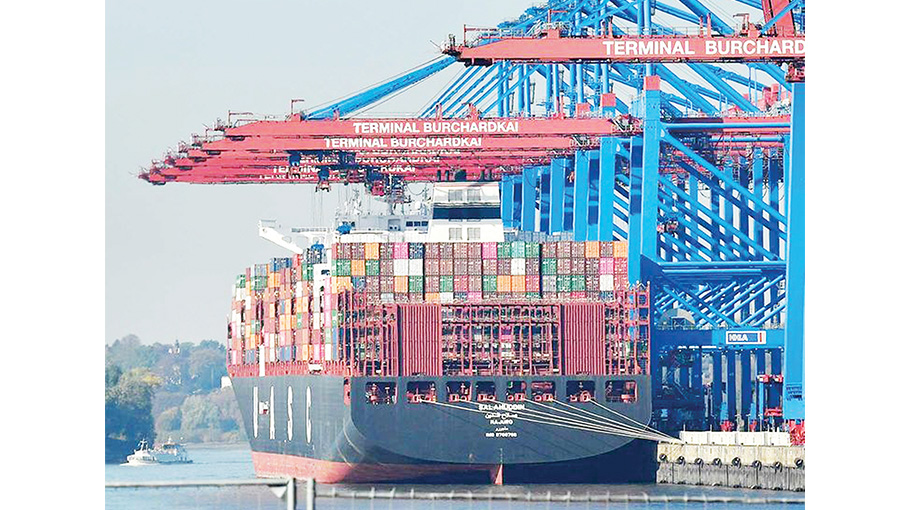World economy is headed for a recession in 2023: Researcher
Global economy surpassed $100tr for the first time in ’22 but will stall in ’23

The world faces a recession in 2023 as higher borrowing costs aimed at tackling inflation cause a number of economies to contract, according to the Centre for Economics and Business Research.
The global economy surpassed $100 trillion for the first time in 2022 but will stall in 2023 as policy makers continue their fight against soaring prices, the British consultancy said in its annual World Economic League Table.
“It’s likely that the world economy will face recession next year as a result of the rises in interest rates in response to higher inflation,” said Kay Daniel Neufeld, director and head of forecasting at CEBR.
The report added: “The battle against inflation is not won yet. We expect central bankers to stick to their guns in 2023 despite the economic costs. The cost of bringing inflation down to more comfortable levels is a poorer growth outlook for a number of years to come.”
The findings are more pessimistic than the latest forecast from the International Monetary Fund. That institution warned in October that more than a third of the world economy will contract and there is a 25 per cent chance of global GDP growing by less than 2 per cent in 2023, which it defines as a global recession.
Even so, by 2037, world gross domestic product will have doubled as developing economies catch up with the richer ones. The shifting balance of power will see the East Asia and Pacific region account for over a third of global output by 2037, while Europe’s share shrinks to less than a fifth.
The CEBR takes its base data from the IMF’s World Economic Outlook and uses an internal model to forecast growth, inflation and exchange rates.





